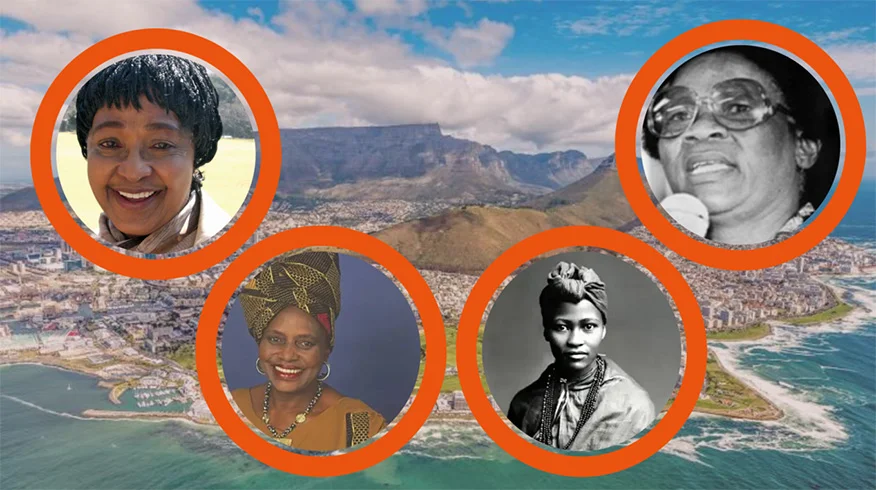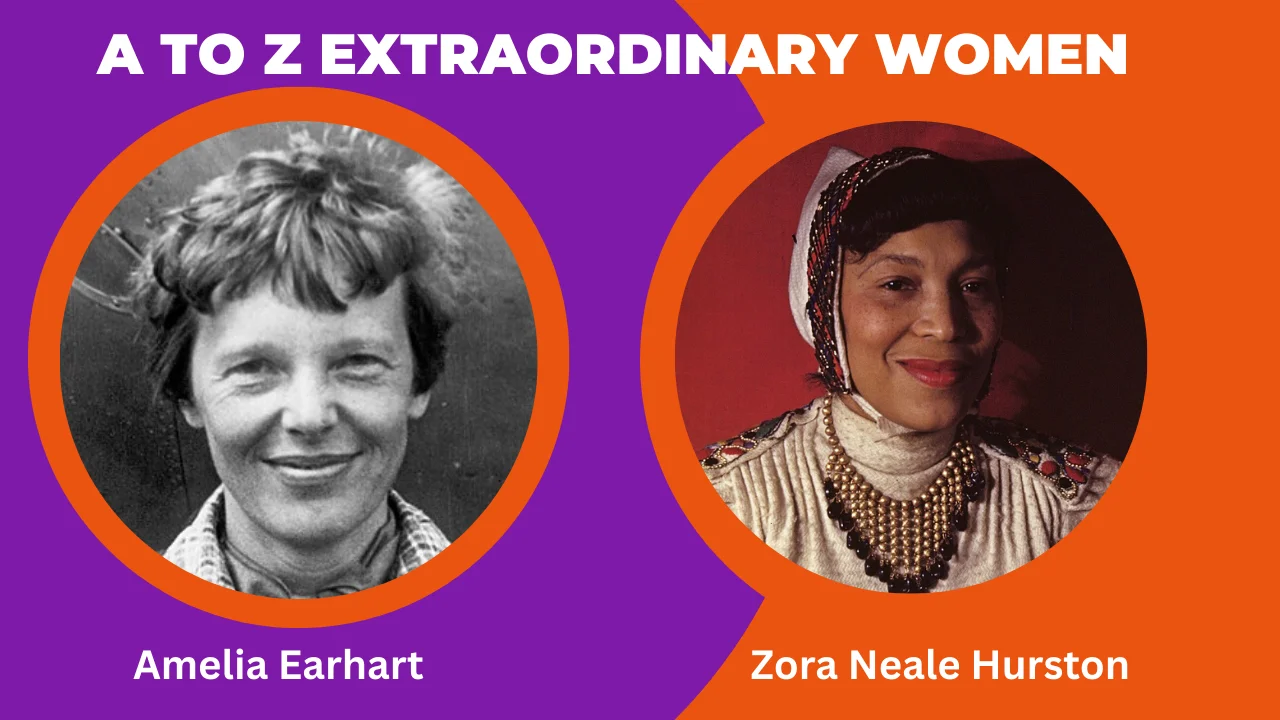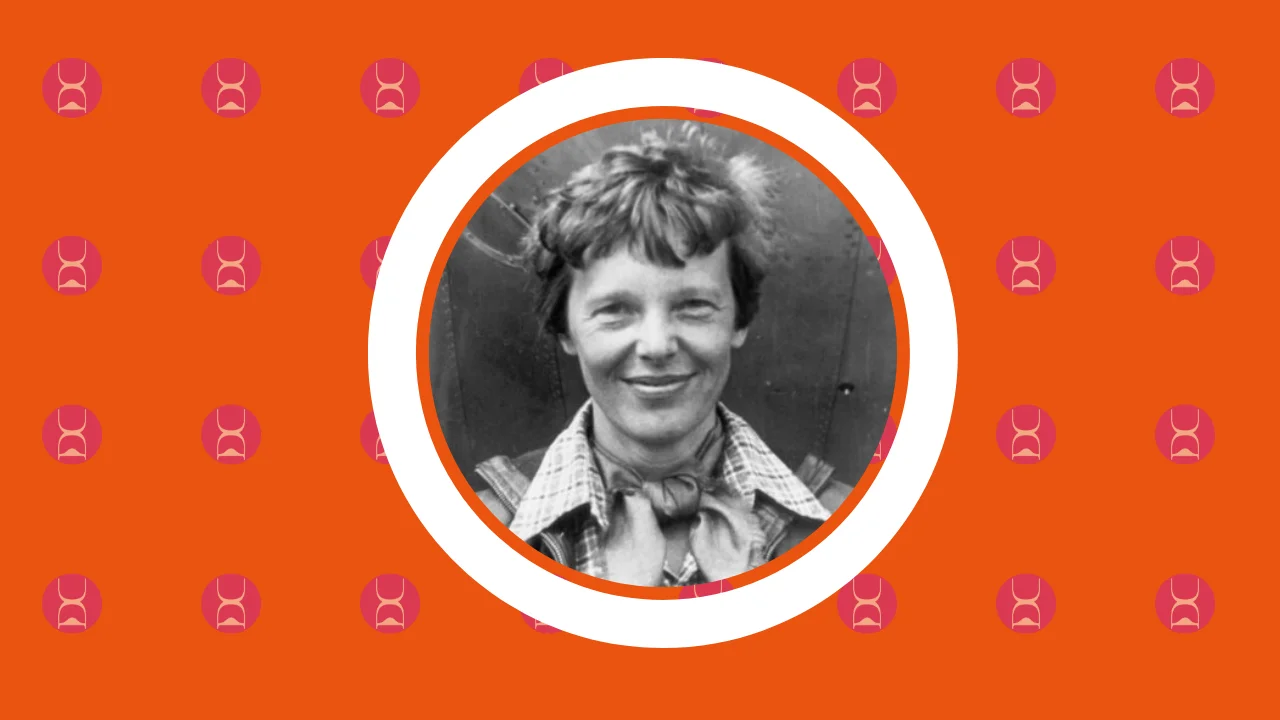Yvonne Barr: The Unsung Hero Behind the Epstein-Barr Virus Discovery
25 Mar 2025
Featured

Scientific breakthroughs often come with famous names attached to them, but many brilliant minds work behind the scenes, making critical discoveries possible.
One such unsung hero is Yvonne Barr, an Irish-born virologist whose work led to the identification of the Epstein-Barr virus (EBV)—one of the most widespread human viruses linked to various diseases, including mononucleosis and certain cancers.
Despite her pivotal role in this groundbreaking discovery, Barr's contributions have largely remained in the shadows of her male counterparts.
This article delves into the life of Yvonne Barr, exploring her early years, her remarkable scientific contributions, and her lasting impact on medical research.
Lesson - Legacy will always stay: You cannot hide good work. It must always shine. Yvonne Barr created a legacy for herself by contributing to the discovery of EBV. The virus was linked to several types of cancer in humans. Barr’s work in the discovery of the EBV built a legacy for her and keeps impacting medical research and patient care.
From Humble Beginnings: Yvonne Barr’s Early Life and Education
Born in 1932 in Ireland, Yvonne Barr grew up in a time when women in science faced significant barriers. Her curiosity and passion for the biological sciences, however, drove her to pursue higher education. She studied at Trinity College Dublin, where she obtained her degree in microbiology.
Barr's academic prowess and dedication to research set her apart, leading her to further her studies in the field of virology. At a time when few women had the opportunity to advance in scientific research, Barr was determined to make her mark. Her early interest in cellular biology and disease mechanisms became the foundation of her career in medical research.
The Path to Discovery: Yvonne Barr’s Role in Identifying the Epstein-Barr Virus
In the early 1960s, Yvonne Barr joined Anthony Epstein’s research team at the University of London’s Middlesex Hospital. Epstein, a prominent virologist, was investigating the causes of Burkitt’s lymphoma, a type of cancer common in children in Africa. The team believed that a viral agent might be responsible for this disease.

source: wikipedia[/caption]
Barr played a crucial role in the laboratory, meticulously studying cell cultures taken from Burkitt’s lymphoma patients. Her keen observational skills and deep understanding of virology helped lay the groundwork for one of the most important medical discoveries of the 20th century.
In 1964, through the use of electron microscopy, the team identified a new type of herpesvirus within the tumor cells. This virus was later named Epstein-Barr virus (EBV) in recognition of both Epstein and Barr's contributions.
Despite the significance of her work, Barr's name is often overshadowed by her male colleagues. However, without her expertise in cell cultures and electron microscopy, the identification of EBV may not have been possible.
Lesson 2- Collaboration and diversity: Yvonne Barr demonstrated the power of collaboration. She collaborated with Jewish scientists who had fled Nazism, and their teamwork led to the discovery of the Epstein-Barr Virus (EBV). This describes how leveraging diversity and coming together can lead to achieving greatness.
The Impact of the Epstein-Barr Virus Discovery on Medical Science
The discovery of EBV revolutionized the understanding of viral oncology the study of how viruses contribute to cancer development. It became the first virus ever linked to human cancer, proving that viruses could play a direct role in oncogenesis. This paved the way for further research into virus-related cancers, such as human papillomavirus (HPV) and cervical cancer.
EBV is now known to be associated with several diseases, including:
Infectious mononucleosis (glandular fever)
Burkitt’s lymphoma
Hodgkin’s lymphoma
Nasopharyngeal carcinoma
Multiple sclerosis (potential links under study)
The significance of Barr's contribution cannot be overstated. Her work provided a foundation for future research into how viruses cause chronic illnesses and cancers, leading to advancements in vaccines, treatments, and diagnostic tools.
Personal Life and Challenges: The Silent Sacrifices of a Female Scientist
Despite her scientific achievements, Yvonne Barr’s career took a different turn after her contributions to the discovery of EBV. In the late 1960s, she moved to Australia and transitioned from high-level research to teaching. This shift was not uncommon for women in science at the time, who often faced obstacles in advancing their careers due to gender biases and systemic limitations in academia.
Barr’s decision to leave frontline research remains a subject of speculation. Some suggest that the challenges faced by women in male-dominated scientific institutions may have played a role in her departure. Others believe that personal commitments, including family responsibilities, influenced her choice to step away from medical research.
Regardless of the reasons, Barr’s legacy should not be diminished. Her work continues to impact virology and oncology today, even if her name remains less recognized than her male counterparts.
Lesson - Humility: Even after she couldn't secure a research position when she moved to Australia, that didn't stop her from devoting and committing herself to sharing her knowledge by teaching students in various private high schools. Regardless of her challenges, she was willing to share and impart knowledge to the younger generation.
Barr “left the field of research, in part, because of her experience with sexism.” - John Hopkins
Lesson - Overcoming sexism: Barr’s experience with sexism made it impossible for her to continue her research work in Australia. But she overcame sexism by not letting the experience stop her from doing the other things she loves. Instead of giving up, she transitioned to become a teacher. This showcased her resilience and adaptability.
Yvonne Barr got married to her husband, Stuart Balding, in 1965. Barr’s husband was an Australian Industrial Chemist.
After their marriage, the couple had to relocate to Australia in 1966. They had two children, Kirsten and Sean Balding.
Barr died in Melbourne, Australia, at the age of 83 after suffering from several medical conditions, including diabetes and heart failure.
“She was a very outgoing person and loved helping people, so I suspect teaching was more suited to her than research. She never regretted leaving science; she considered it a difficult profession.” - Kirsten Balding.
Yvonne Barr’s Legacy: A Call for Recognition in Science
Scientific history is often written by those who receive the most attention, but true progress is built on the efforts of many. Yvonne Barr’s story is a reminder that women in science have long contributed to groundbreaking discoveries, even if they are not always given due credit.
Although Barr did not receive major awards or widespread recognition for her contributions, the impact of her work on modern medicine is undeniable. Her research laid the groundwork for:
Advances in viral oncology and cancer treatment
Greater understanding of how viruses interact with human cells
The development of potential vaccines against EBV-related cancers
Today, with increasing efforts to highlight the contributions of women in STEM, Yvonne Barr’s name deserves to be celebrated alongside other pioneers in medical research. Her story underscores the importance of recognizing all contributors to scientific breakthroughs, not just those who are most prominently credited.
Conclusion
Yvonne Barr’s role in the discovery of the Epstein-Barr virus was a turning point in medical research, yet she remains an overlooked figure in scientific history. Her meticulous work in virology provided crucial insights into the links between viruses and cancer, shaping future research in oncology and infectious diseases.
As we continue to honor great scientific minds, it is essential to acknowledge the contributions of hidden heroes like Yvonne Barr. By shining a light on her legacy, we not only give her the recognition she deserves but also inspire future generations—especially women—to pursue careers in science, undeterred by barriers.
You can read more of Yvonne Barr’s work on EBV on The Lancet Journal.
Reference
Tags
Women
Virologist
Latest Posts
Tags
- Women27
- Scientist9
- Author6
- Inventor3
- Nobel3
- Singer3
- Actor2
- Activist2
- Physicist2




